Whenever air-to-air conflicts occur, numerous news reports inform us about them. Along with that, a few specific questions always arise in our subconscious minds – What is Missile Homing? ARH, SARH, Infrared homing, etc. Let’s Discover the Best of Modern AAM Guidance systems currently employed by present 4th and 5th-generation fighter jets. Hence, before we delve into those, we must first know What is Air-to-Air Missile Guidance.

Air-to-air missile guidance encompasses the methodologies used for missiles to locate and track targets while in flight. These guidance systems commonly utilize radar, infrared technology, or a combination of both to detect and lock onto enemy aircraft. Radar-guided missiles utilize radar signals to track targets, whereas infrared-guided missiles seek out the heat emitted by aircraft engines.
Advanced systems may also integrate Semi-Active Radar Homing (SERH) or Active Radar Homing (ARH), allowing missiles to track targets independently or with support from the launching aircraft’s radar. Ultimately, air-to-air missile guidance systems are pivotal in ensuring the precision and efficacy of aerial combat engagements.
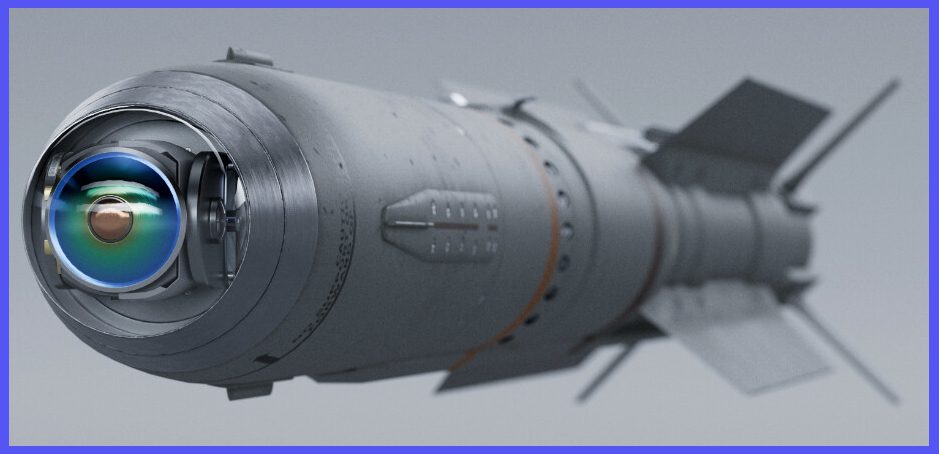
Heat-Seeking Precision: Exploring Infrared Homing
We must first understand that air-to-air missile homing refers to the process by which a missile locates and locks onto its target. This can be achieved through various methods such as radar or infrared guidance. Homing systems guide the missile towards its intended target, enhancing accuracy and effectiveness in military operations.
Infrared Homing: This is a guidance system utilized primarily in missiles to detect, track, and engage targets based on their heat signatures. It operates on the principle that most objects emit infrared radiation as heat. In this system, a sensor mounted on the missile detects the infrared radiation emitted by the target, particularly the hot exhaust gases expelled by aircraft engines or the heat generated by vehicles.
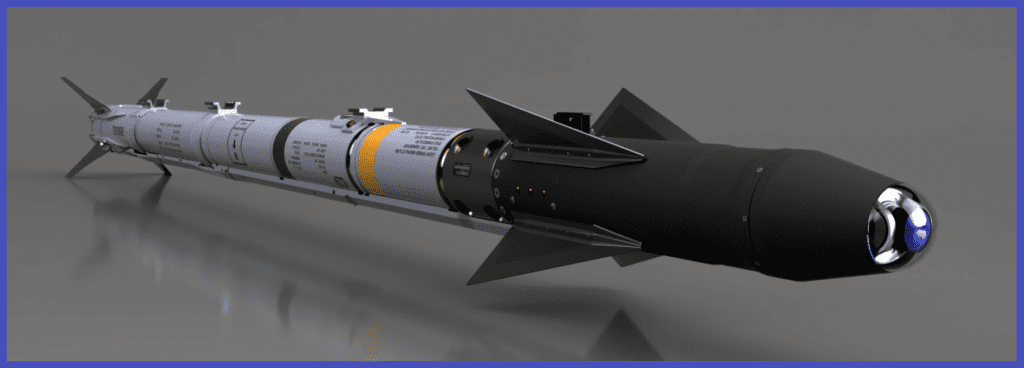
Once the target is acquired, the guidance system directs the missile to steer towards the heat source. This process allows for precise targeting, even in conditions where visual or radar guidance might be compromised, such as low visibility or electronic countermeasures.
Infrared homing systems come in various forms, including passive and semi-active systems. Passive systems rely solely on the heat emitted by the target for guidance, while semi-active systems combine infrared guidance with input from an external source, such as ground-based radar or aircraft radar, to refine targeting.
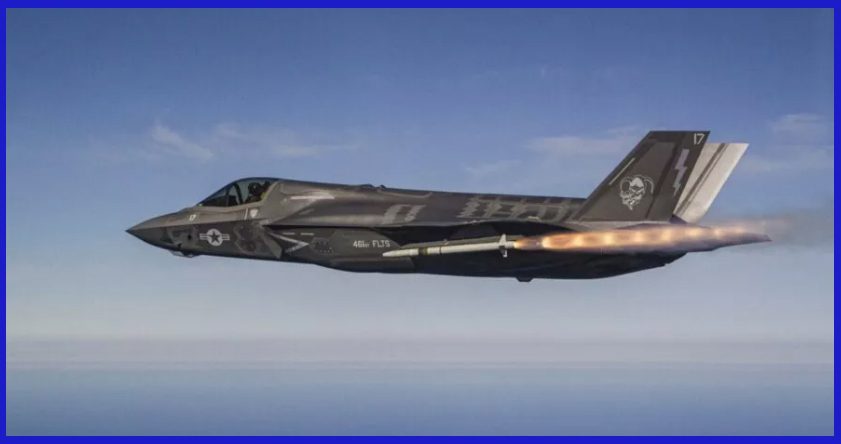
In the modern era, 21st-century missiles like the ASRAAM utilize an “imaging infrared” seeker that functions akin to a digital video camera, enabling it to detect and differentiate between aircraft and other heat sources, such as flares. These missiles boast a wide detection angle, allowing them to lock onto targets even when the attacking aircraft isn’t directly facing them.
Pilots can employ a helmet-mounted sight (HMS) to visually target another aircraft, a technique known as an “off-boresight” launch. For instance, the Indian Su-30MKI integrates an infrared search and track (IRST) system with a laser rangefinder for its HMS-guided missiles.

In military applications, infrared-homing missiles are commonly used in air-to-air engagements, surface-to-air defence, and anti-tank warfare. Their effectiveness stems from their ability to hone in on the distinct heat signatures of targets, making them a vital component of modern missile technology.
Guided by Radar: The Dynamics of Active Radar Homing (ARH)
Active radar homing is a guidance system employed in missiles to track and intercept targets using radar signals actively emitted by the missile itself. Unlike passive radar homing, which relies on reflections of external radar signals, active radar homing generates radar signals to illuminate the target.

The dynamics of active radar homing involve several key stages. First, the missile’s onboard radar system emits radar pulses towards the target area. Upon encountering the target, these radar waves reflect off the target and return to the missile’s radar receiver. The missile’s guidance system analyzes these returned signals to calculate the target’s position, velocity, and other relevant parameters.
Using this information, the guidance system adjusts the missile’s flight path to intercept the target accurately with the help of its manoeuvrable fins. This process typically involves continuous tracking and course corrections to ensure optimal trajectory alignment for interception.

Nevertheless, the size of the radar antenna remains constrained by the small diameter of missiles, thereby restricting its range. Consequently, such missiles are often launched towards a predicted future location of the target. This strategy frequently necessitates the use of additional guidance systems like the Global Positioning System (GPS), inertial guidance, or a mid-course update from either the launching aircraft or another system capable of communicating with the missile, thereby ensuring its trajectory aligns with the target.

Active radar homing offers several advantages, including independence from external radar sources which makes it a fire-and-forget weapon with enhanced resistance to countermeasures, and improved accuracy in engaging fast-moving or manoeuvring targets. The technology allows for effective engagement of targets beyond the range of semi-active radar homing systems and is particularly suitable for long-range air-to-air missiles, surface-to-air missiles, and anti-ship missiles. However, it also presents challenges such as potential signal interference and the risk of detection by enemy radar systems.
Overall, the dynamics of active radar homing enable missiles to effectively engage and neutralize targets with precision and reliability in various combat scenarios, making it a vital component of modern missile technology.

Guided by Radar: The Essentials of Semi-Active Radar Homing
Semi-active radar homing (SARH) is a guidance system utilized in missiles to track and intercept targets by utilizing radar signals emitted from an external source, typically a radar system on the launching platform, such as an aircraft or a ground-based radar station.
In SARH, the launching platform continuously illuminates the target with radar signals, which bounce off the target and return to the radar receiver on the missile. The missile’s guidance system processes these reflected signals to determine the target’s position and velocity relative to the radar source. Based on this information, the guidance system calculates the required adjustments to the missile’s flight path to intercept the target accurately.
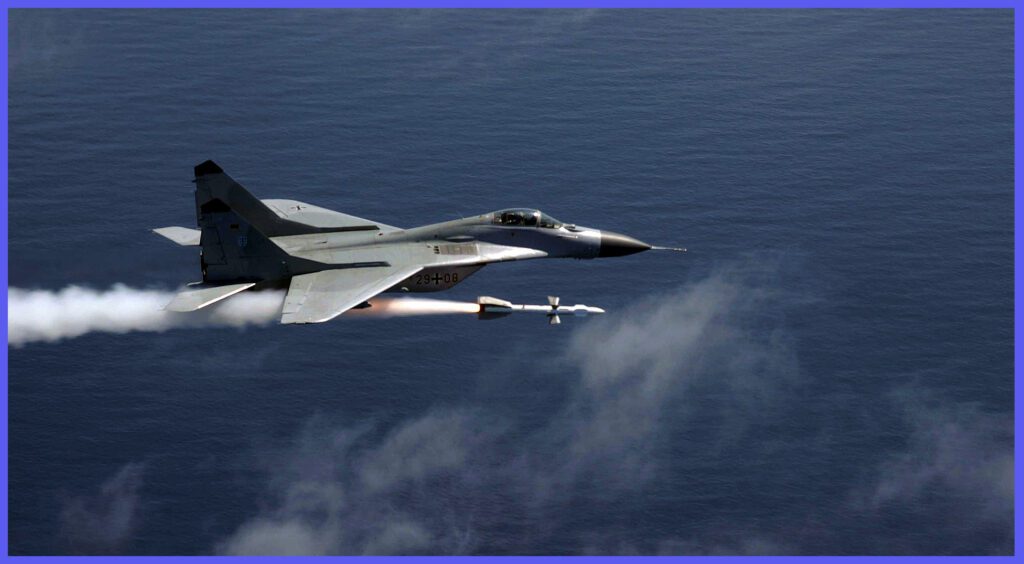
Since SARH necessitates the continuous illumination of the target by the radar on the launching platform, it restricts the platform’s capacity to engage multiple targets simultaneously until the missile completes its interception. This limitation reduces the attacking aircraft’s manoeuvrability, which could be crucial in responding to potential threats.
Despite its limitations, SARH remains a widely used guidance system in various military applications, including air-to-air combat, surface-to-air defence, and anti-ship warfare. However, shortly, this technology might become obsolete as next-generation guidance systems, such as electro-optical systems, are already emerging.
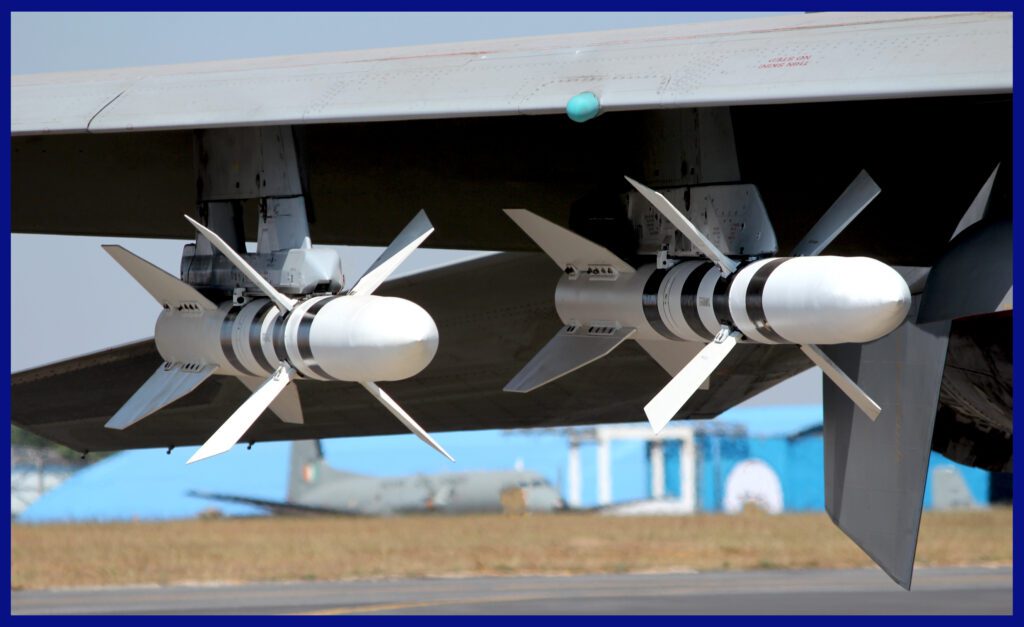
Optical Precision: The Dynamics of Electro-Optical Technology
A significant advancement in missile guidance is the integration of electro-optical imaging technology. A prime example is the Israeli Python-5 missile, which features an electro-optical seeker capable of scanning designated areas for targets using optical imaging. Upon detection of a target, the missile swiftly locks onto it for engagement.
One notable advantage of electro-optical seekers is their adaptability. They can be programmed to target specific vital areas of an aircraft, such as the cockpit, maximizing the probability of mission success. Unlike traditional heat-seeking systems, electro-optical guidance is not reliant on the target’s heat signature. This allows for effective engagement of low-heat targets like unmanned aerial vehicles (UAVs) and cruise missiles.

However, electro-optical sensors face limitations. Cloud cover or adverse weather conditions can obstruct the sensor’s view, potentially hindering target acquisition. Despite this drawback, the incorporation of electro-optical technology represents a significant leap in missile guidance capabilities, offering enhanced precision and versatility in modern warfare scenarios.
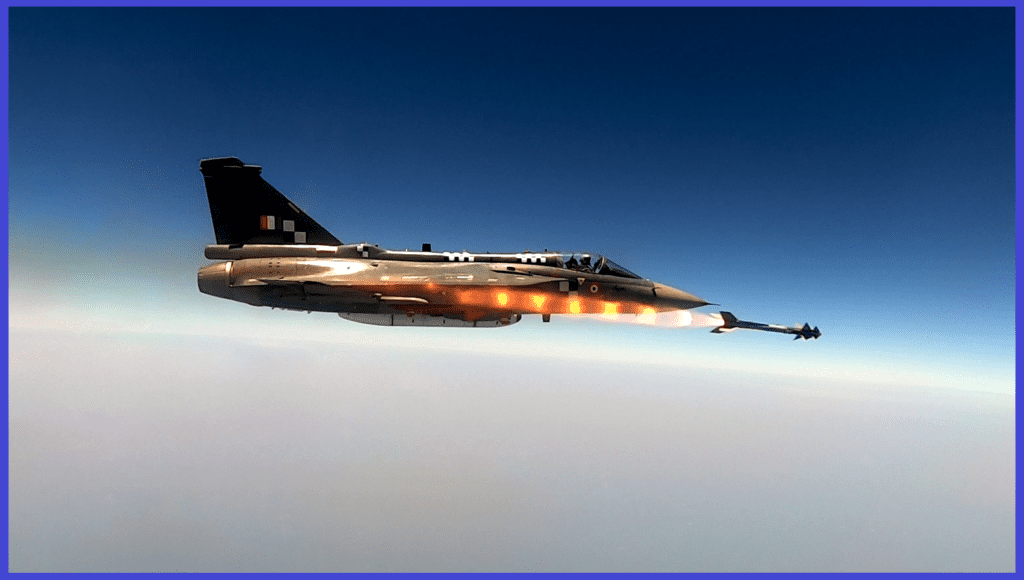
In summary, the advancements in missile guidance technology, including Infrared Homing, Active Radar Homing, Semi-Active Radar Homing, and Electro-Optical Technology, have transformed military capabilities. Each offers distinct advantages, from precision targeting to resistance against countermeasures. Despite challenges like weather interference, these systems significantly enhance missile effectiveness. As technology progresses, further innovations will shape the future of warfare, ensuring continued superiority on the battlefield.
